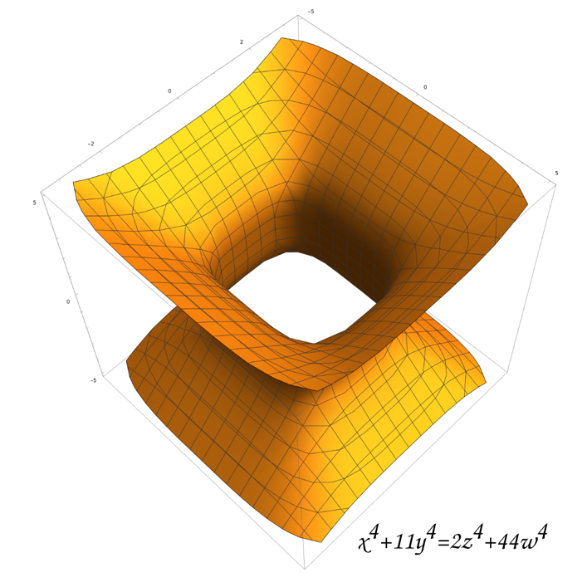Rational Points

The study of rational points on algebraic varieties has its roots in the ancient Greek treatises of Diophantus and Euclid. In the mid-20th century, the field was revolutionised through the introduction of modern algebraic geometry after Alexander Grothendieck. Large progress was made on the one-dimensional case of curves, in particular through Faltings' theorem and Deligne's work on the Weil conjectures.
On the other hand, our understanding of the existence and distribution of rational points on higher-dimensional algebraic varieties is much more embarrassing. There are very innocuous looking equations over number fields, e.g. some corresponding to K3 surfaces, that we can write down but don't know how to solve! However there are also powerful tools at our disposal, such as various cohomological obstructions to local-global principles. In some cases, far-reaching conjectures postulate that these obstructions completely explain the (non-)existence or (non-)density of rational points.
At Glasgow we study these problems and related questions, often making use of the new possibilities afforded by research computing to gain insights about structures that were previously confined to mathematicians' minds.

